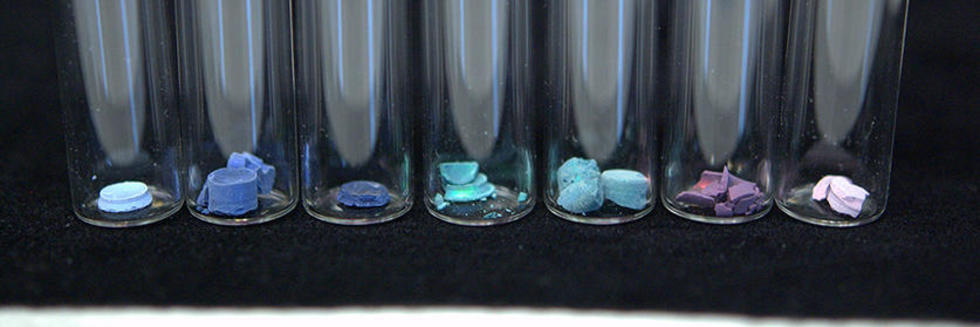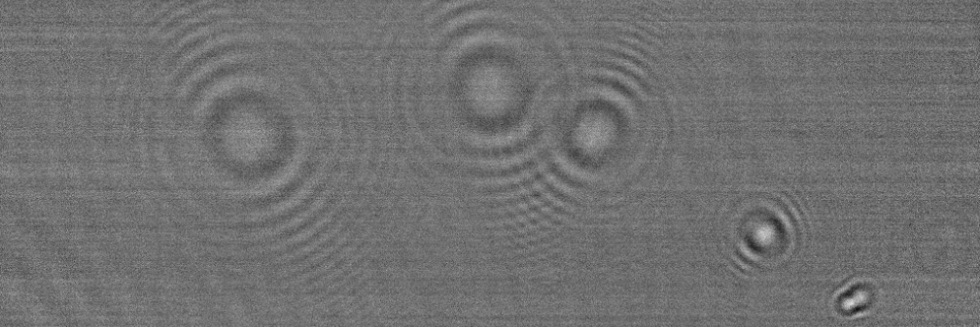About us
We are a research group in the School of Engineering and Applied Sciences and the Department of Physics at Harvard University. We do experiments to understand how complex systems such as interacting nanoparticles or proteins spontaneously order themselves — a process called self-assembly or self-organization. We use optical techniques that we develop in our lab to observe both natural systems (such as viruses) and synthetic ones (such as colloidal particles, perhaps dressed up with some interesting biomolecules) in three dimensions and on short time scales. We use the results of these studies to make useful materials and to gain a deeper understanding of the physics of assembly, organization, and life.
Latest news
Recent Publications
Contact
Manoharan Lab
McKay 530
9 Oxford St.
Cambridge, MA 02138
+1 (617) 495-9894
vnm@seas.harvard.edu








